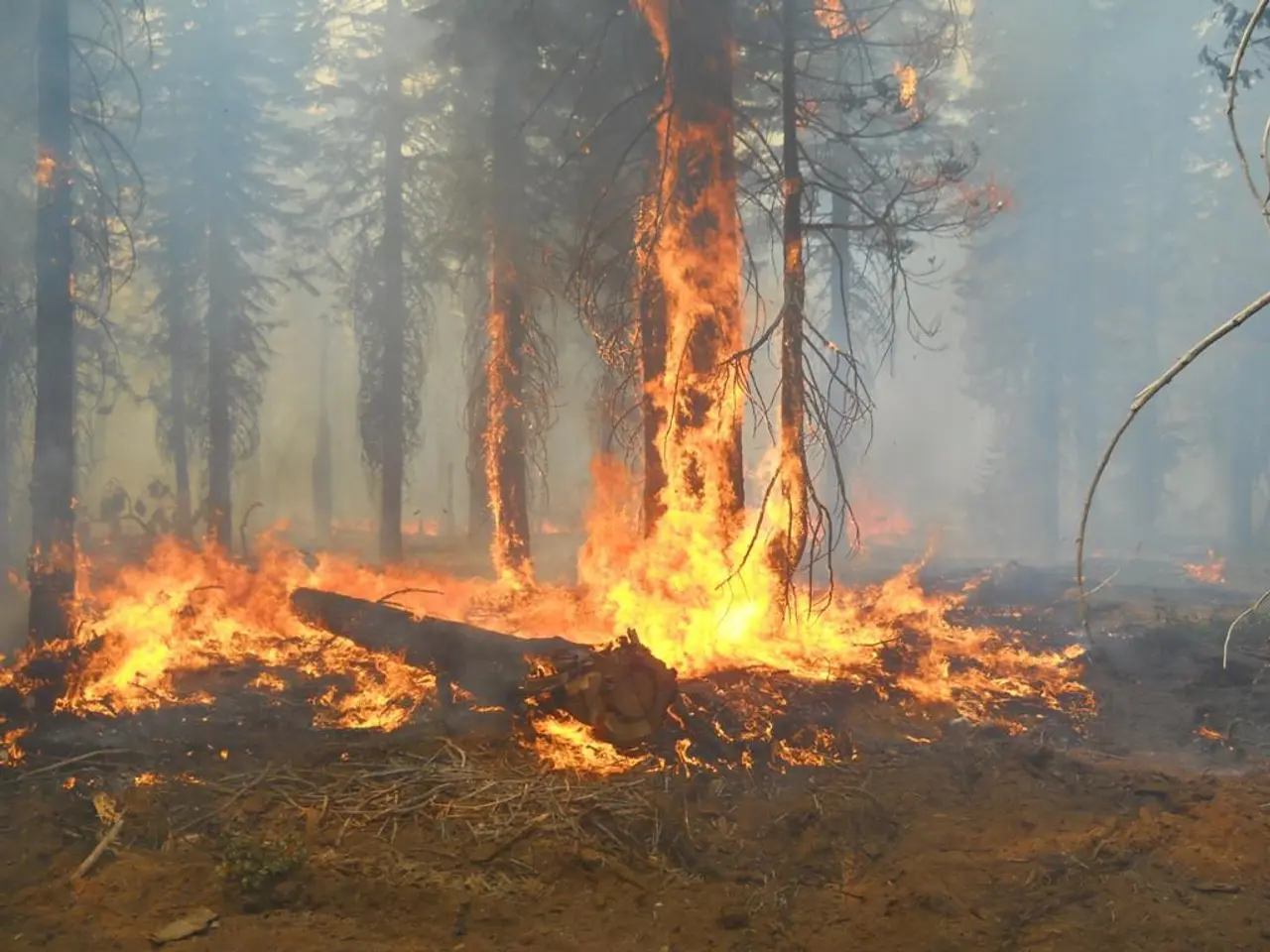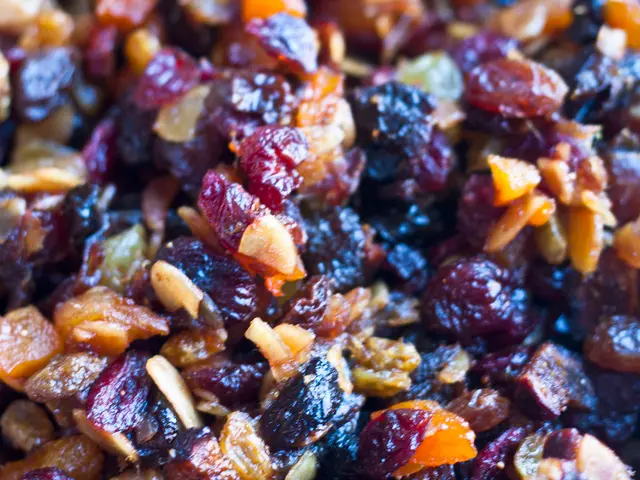Planting Windbreak Species Resistant to Wildfires
In the face of increasing wildfire threats, homeowners and land managers in wildfire-prone areas are seeking solutions to protect their properties. One effective strategy is to create windbreaks using fire-resistant plants. Here's a guide to some of the best options for evergreen and deciduous windbreak species.
### Evergreen Options
1. **Blackwood Tree (Carpinus caroliniana)**: This long-lived tree is both a screen and a windbreak, making it an excellent choice for wildfire-prone areas. Its fire-resistant properties make it an ideal choice for areas at risk of wildfires[4].
2. **Juniper Trees (Juniperus spp.)**: Native juniper species are evergreen and can offer good wind protection. They are also relatively fire-resistant due to their dense foliage, which helps to reduce flammability[2].
### Deciduous Options
1. **Hackberry (Celtis occidentalis)**: Hackberry trees are robust and can provide a strong windbreak. They are tolerant of various conditions, including wind and drought, and can support a wide range of wildlife[1].
2. **Honeylocust (Gleditsia triacanthos var. inermis)**: Known for its fast growth and ability to thrive in poor conditions, honeylocust is a good option for a windbreak. It is also relatively wind-resistant and can be used in areas with harsh weather conditions[1].
### Additional Considerations
Incorporating a variety of plants can help create a robust windbreak that is both fire-resistant and effective in reducing wind impacts.
- **Native Grasses**: Incorporating native grasses like Bitter Panicgrass (Panicum amarum), which is fire-resistant and low maintenance, can provide additional wind protection and help stabilize the soil[5].
- **Deergrass (Muhlenbergia rigens)**: While not as fire-resistant as some other options, deergrass can outcompete other vegetation, potentially reducing fuel loads in some areas. However, it can also spread into neighboring areas and outcompete native plants[3].
By choosing a mix of these plants, you can create a sustainable, resilient landscape that offers protection against wildfire threats. Choosing plants with varying root depths and growth habits strengthens the windbreak's stability and ecological benefits.
Fire-resistant plants can increase habitat diversity by providing shelter and food for various species, creating wildlife corridors that help animals move safely between habitats. Combining different species in a windbreak enhances its resilience by creating a diverse and adaptable barrier.
In conclusion, by choosing the right wildfire-resistant plants, you create a sustainable, fire-resistant barrier that protects your property year-round while contributing to the local ecosystem. Proper placement, maintenance, and careful species selection are key to creating an effective windbreak that withstands both wind and fire.
Science plays a crucial role in protecting homes and lands from wildfire threats, as research informs the selection of suitable fire-resistant plants for windbreaks. Health-and-wellness benefits extend beyond human property, with these windbreaks also playing a crucial role in environmental science by creating habitat and supporting local wildlife, particularly in wildfire-prone areas. Fitness-and-exercise can be derived from sports activities, which encourage weather-resilient trees like Hackberry and Honeylocust to thrive, contributing to the overall resilience of these windbreak installations. Climate change poses new challenges, but implementing windbreaks made of fire-resistant plants also contributes to maintaining the health of the environment and mitigating effects of climate change, such as reducing wind speed and soil erosion.





